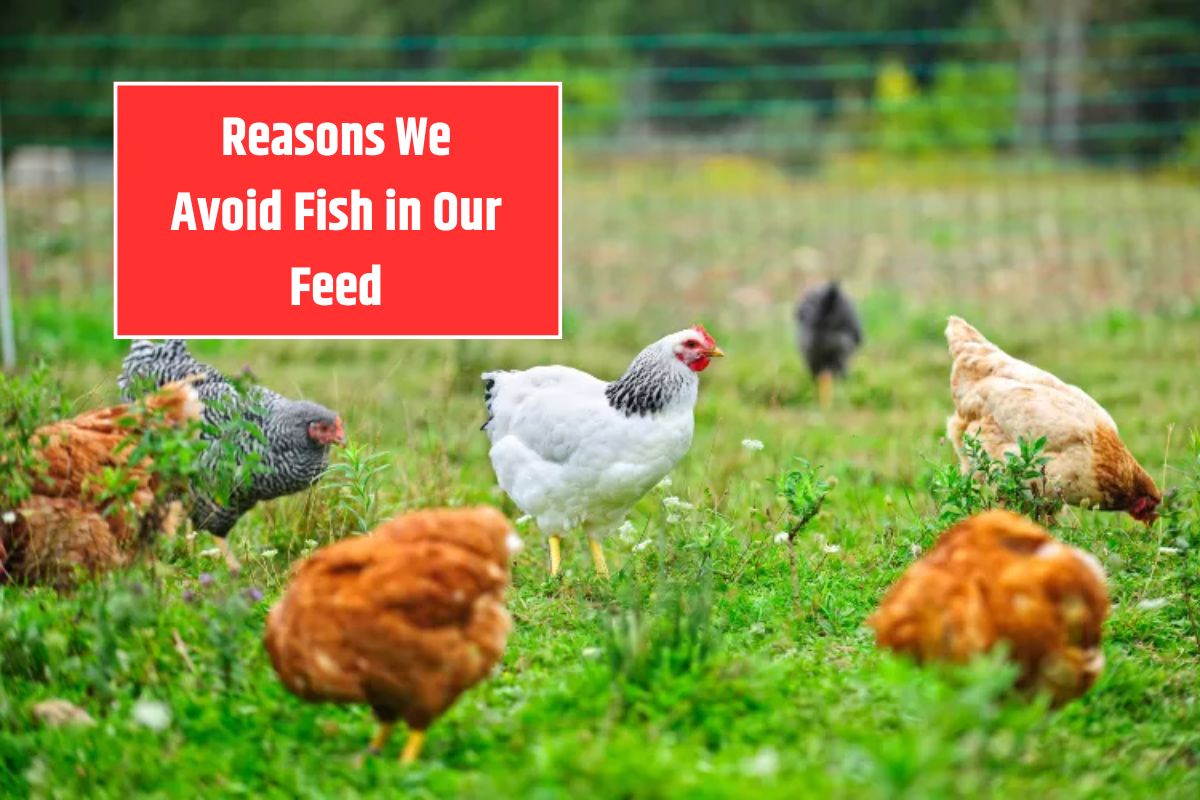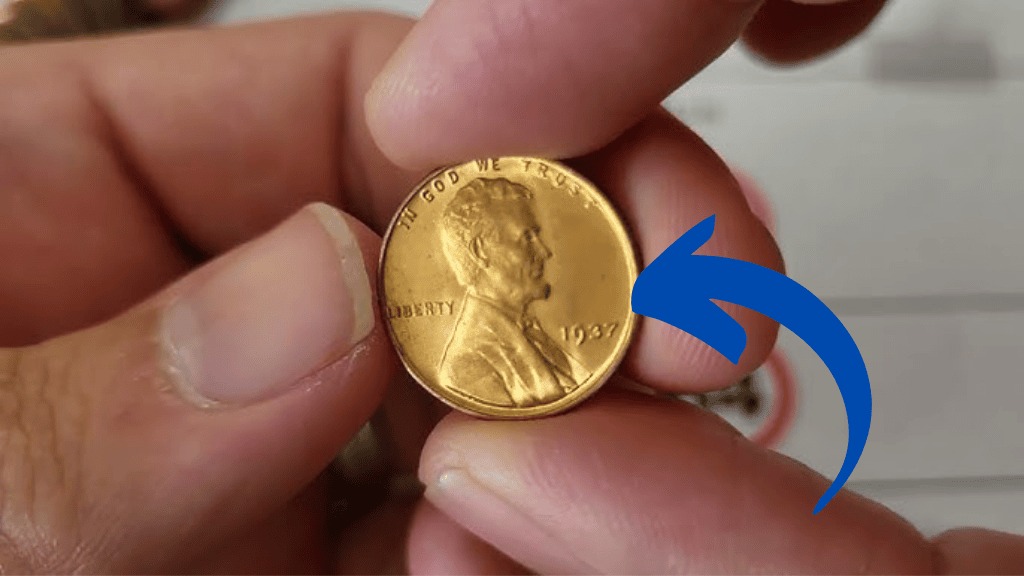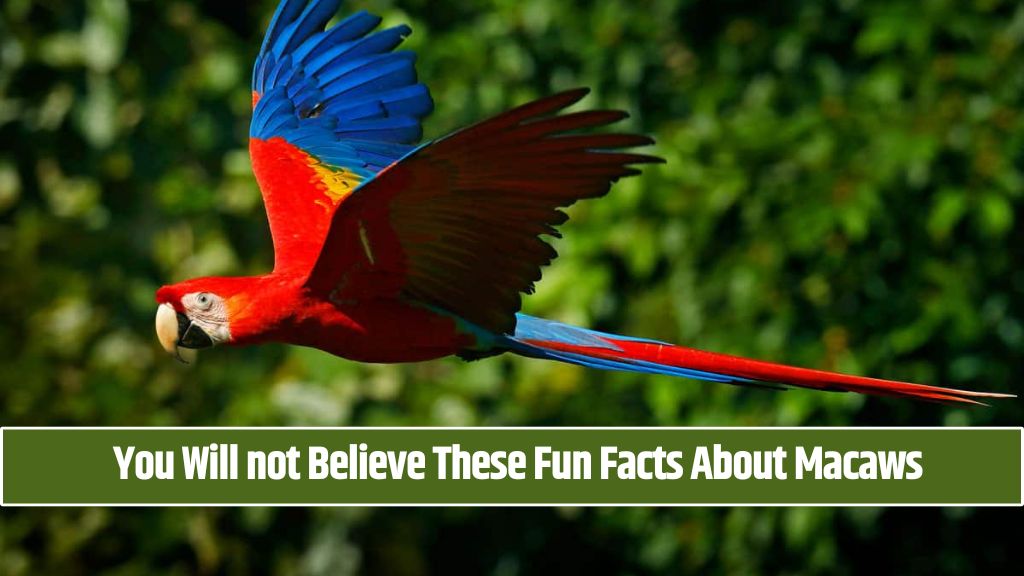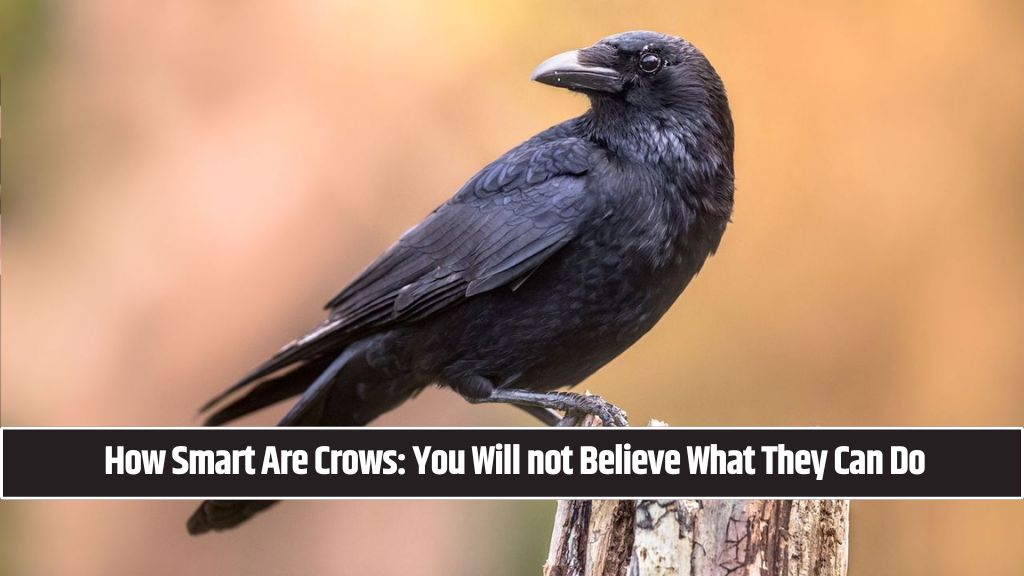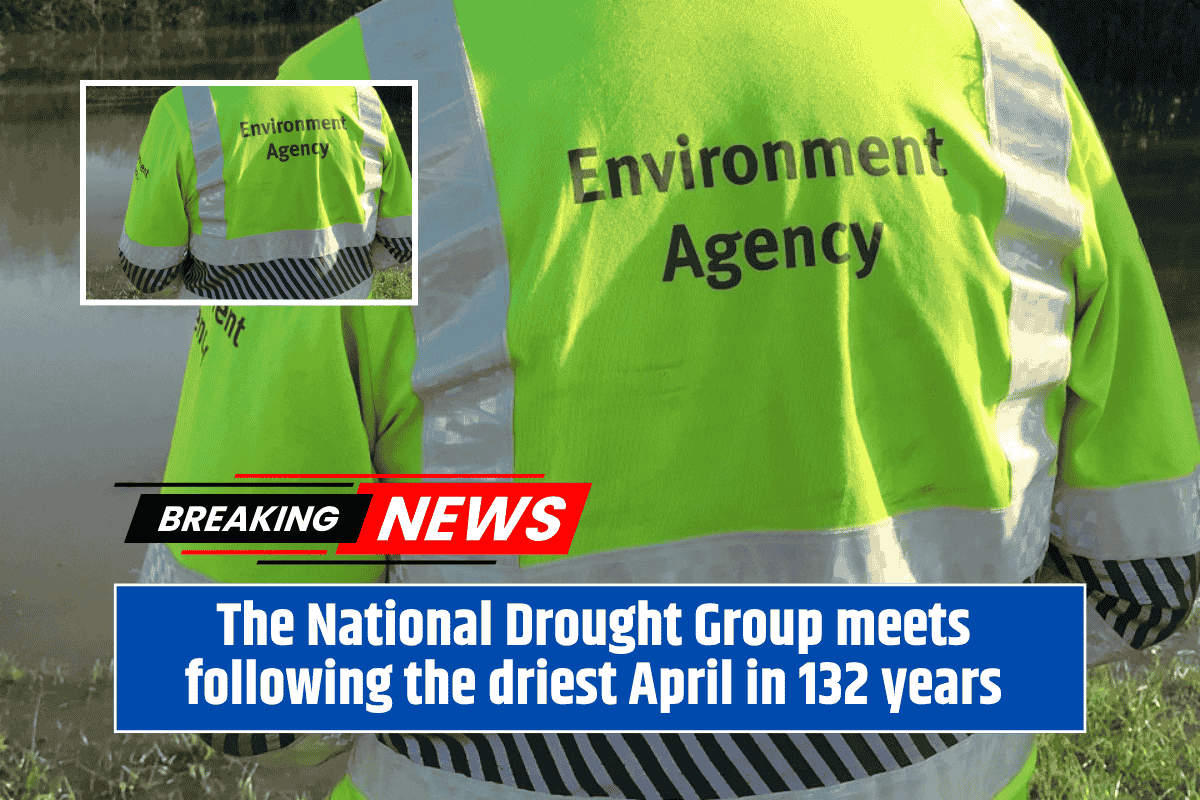As a pet owner, you always want the best for your animals, whether you have a cat, dog, or a flock of chickens. Choosing the right diet is crucial for their health and happiness. Many pet food brands use fish and fishmeal to boost protein and Omega fatty acids, we take a different approach.
We use insect protein instead of fish to provide nutrient-rich snacks and feed while reducing our environmental impact. Surprisingly, fish and fishmeal may not always be the best choice for your pets, and here’s why.
What Is Fishmeal?
Fishmeal is a concentrated, highly processed fish powder used in pet and livestock feed to supplement protein levels. It is made through a cooking and pressing process that removes most of the moisture and oil. Fishmeal is typically produced from fish caught for human consumption, using parts like bones and scraps that people do not eat.
Some fish are also caught specifically for fishmeal production. These species, such as herring, pollock, and menhaden, are often referred to as bony trash fish or forage fish due to their low commercial value for human consumption.
Potential Health Risks of Fish and Fishmeal
While fish is often considered a healthy food, it comes with risks, especially in pet and chicken feed. These risks depend on the type of fish, its source, and how it is processed.
Excess Protein in Chicken Feed
Fish contains between 60% and 71% protein, much higher than the recommended 20% daily protein intake for adult chickens. If not properly balanced, excessive protein can strain the kidneys, leading to long-term health issues like obesity and kidney disease.
Contamination Risks
Many fish farms have been linked to contaminants such as cadmium, lead, arsenic, and mercury. Prolonged exposure to mercury in feed can lead to accumulation in a chicken’s muscles, feathers, kidneys, and even eggs, posing a health risk to both flocks and consumers.
Salmonella and Other Pathogens
One of the biggest concerns with fish in animal feed is the risk of foodborne pathogens like salmonella. This bacteria can spread quickly, poisoning entire flocks. Studies have shown that salmonella thrives in fishmeal processing facilities, sometimes persisting for years. Worse, contaminated feed can also infect humans who handle or consume the eggs and meat from affected chickens.
Unpleasant Egg Flavor
Hens that consume fish-based feed often lay eggs with a strong, fishy taste. This is due to the omega-3 fatty acids present in fishmeal. While omega-3s are essential, alternative sources like flaxseed provide the same benefits without affecting the flavor of eggs.
Environmental Impact of Fishmeal Production
Since the 1960s, global fish consumption has doubled. More fish are now being caught solely for pet food production, increasing the strain on marine ecosystems. Fish used in pet food come from two main sources: commercial fishing and fish farming. Both methods raise significant environmental concerns.
Overfishing and Ocean Depletion
Commercial fishing depletes fish populations faster than they can reproduce. According to the Marine Stewardship Council, 34% of global fish stocks are overfished. Experts estimate that 0.8 to 2.3 trillion wild fish are removed from the ocean annually, reducing food sources for marine predators and disrupting ecosystems.
Bycatch and Marine Life Destruction
Commercial fishing nets unintentionally catch and kill non-target species like dolphins, turtles, and seabirds. The U.S. implemented bycatch-safe practices after studies revealed that over 300,000 dolphins and whales, along with 250,000 sea turtles, were killed annually due to commercial fishing.
Plastic and Chemical Pollution
The fishing industry contributes over 100 million pounds of plastic waste to the ocean each year. Discarded nets and microplastics harm marine life and ecosystems. In addition, many fishing vessels leak oil into the water, further polluting marine habitats.
Problems With Farmed Fish
Fish farming, or aquaculture, was once seen as a sustainable alternative to commercial fishing. However, this method has its own environmental and ethical concerns.
Nutrient Imbalance and Waste Pollution
Farmed fish are often fed soybeans, which are not part of their natural diet. This leads to increased waste production, harming nearby fish populations and marine habitats. Excess nitrogen from fish waste and fertilizers also contributes to harmful algal blooms.
Habitat Destruction
Many fish farms are built along coastal areas, destroying natural shorelines and fish nurseries. These shallow waters are essential for young marine life, but they are being replaced with artificial ponds for fish production.
Disease and Antibiotic Use
Because fish are kept in crowded conditions, diseases and parasites spread quickly. To prevent outbreaks, farms use antibiotics and parasiticides, which then leak into surrounding waters. This has led to the spread of disease to wild fish populations, threatening endangered species like Pacific salmon.
FAQ’s
1. What is fishmeal, and why is it used in pet food?
Fishmeal is a concentrated, processed fish powder used to increase protein and omega-3 fatty acids in pet and chicken feed. It is made from fish scraps or whole fish caught specifically for feed production.
2. Why doesn’t Grubbly Farms use fish or fishmeal in its products?
Grubbly Farms avoids fish and fishmeal to promote sustainable and healthy feeding. Instead, we use insect-based protein, which provides the same nutrients without the risks of contamination, overfishing, and environmental harm.
3. Is fishmeal safe for chickens?
Fishmeal can pose risks due to contaminants like mercury, cadmium, and lead. It can also increase the chances of salmonella exposure and may cause an unpleasant fishy taste in eggs.
4. Can too much fishmeal harm chickens?
Yes. Fishmeal contains 60-71% protein, while chickens only need around 20%. Excess protein can strain the kidneys and lead to obesity.

